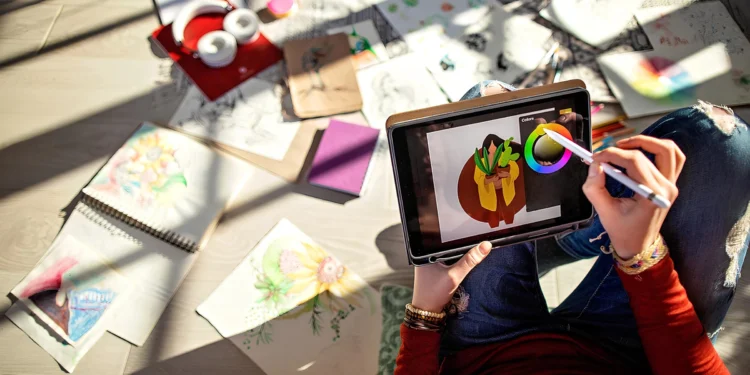Digital art is a captivating blend of creativity and technology, offering limitless opportunities to express ideas and create stunning visuals. Whether you’re a beginner dipping your toes into the digital realm or an experienced artist aiming to refine your craft, there’s always room for growth. Enhancing your digital art skills is not just about mastering tools; it’s about understanding principles, experimenting with techniques, and embracing a mindset of continuous learning.
This guide explores 100+ actionable ways to enhance your digital art skills, carefully grouped into categories for focused improvement. Each section dives deep into techniques, tools, and practices that will elevate your artistry, from mastering the basics to experimenting with advanced digital features. Let’s embark on this artistic journey.
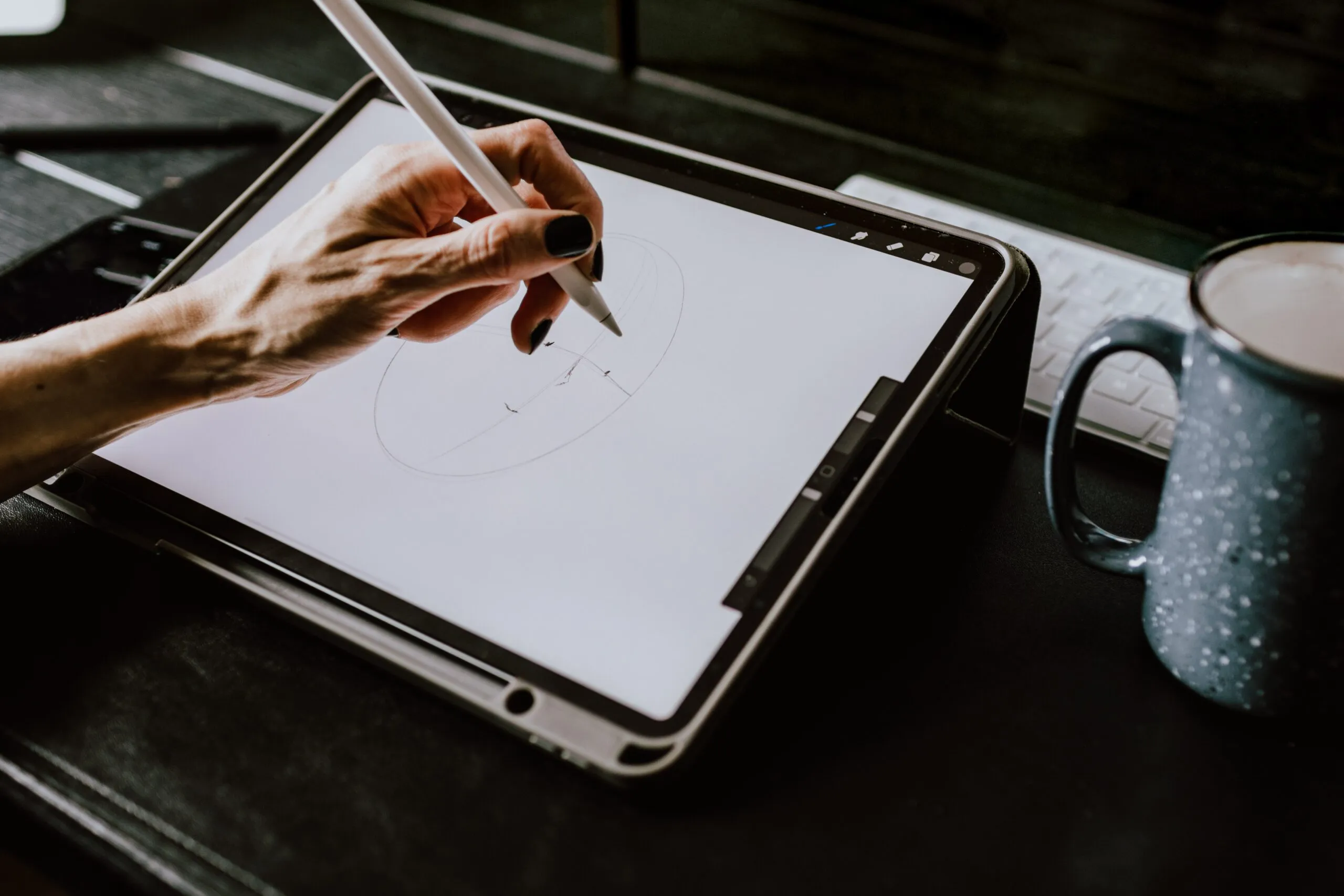
Mastering the Basics
Every masterpiece starts with a strong foundation. In digital art, mastering the basics is crucial for building confidence and developing a deeper understanding of the medium. These foundational skills include learning about tools, practising essential techniques, and grasping the fundamental concepts of art. Mastery of these elements provides the backbone for more advanced work, allowing artists to focus on creativity rather than mechanics.
- Understand your digital art software
- Spend time exploring your chosen software’s interface, tools, and shortcuts. Familiarity with features like layers, brushes, and editing tools will streamline your workflow.
- Learn about layers and blending modes
- Layers allow you to work on separate elements of your artwork independently, while blending modes add depth and unique effects by controlling how colors interact.
- Practice basic shapes and forms
- Focus on drawing simple shapes like circles, squares, and triangles to improve precision and build the groundwork for complex designs.
- Study light and shadow basics
- Observe how light behaves in the real world and apply these principles to create realistic highlights, shadows, and textures in your artwork.
- Experiment with color theory
- Learn about primary, secondary, and tertiary colors, as well as complementary and analogous color schemes, to make informed color choices.
- Improve your line quality
- Practice creating smooth, consistent, and expressive lines using digital brushes. Line quality plays a significant role in defining your art style.
- Understand composition principles
- Study rules like the rule of thirds, leading lines, and focal points to create visually balanced and engaging artwork.
- Learn perspective drawing
- Start with one-point perspective and gradually progress to two-point and three-point perspective to add depth and realism to your scenes.
- Use reference images effectively
- References are invaluable for understanding proportions, anatomy, and textures. Use them to enhance realism without relying on copying.
- Develop a daily sketching habit
- Dedicate time each day to sketching, even if it’s just for a few minutes. Regular practice improves muscle memory, creativity, and confidence.
By mastering these basics, you’ll create a solid artistic foundation that makes tackling advanced techniques and complex projects much easier.
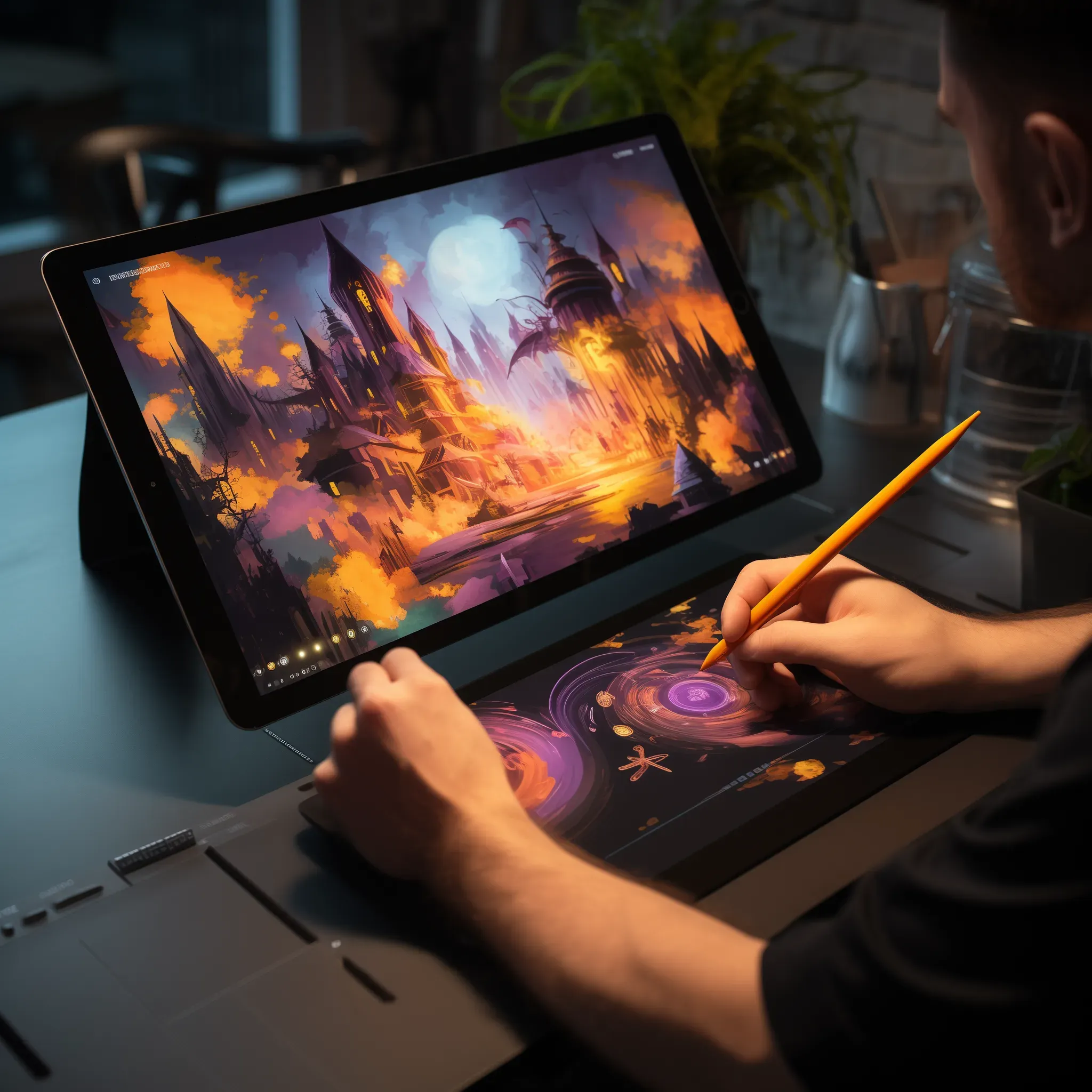
Improving Drawing Techniques
Once you’ve laid a strong foundation, refining your drawing techniques becomes the next step in your artistic journey. This involves learning to create dynamic and expressive artwork by focusing on anatomy, proportions, and movement. Drawing techniques help you bring life and energy to your creations, making them more engaging and realistic.
- Study human anatomy thoroughly
- Invest time in learning the skeletal structure and muscle groups to create proportionate and dynamic human figures.
- Practice gesture drawing daily
- Gesture drawing helps you capture the movement, flow, and energy of a pose, making your characters more dynamic and lifelike.
- Experiment with different line weights
- Using varied line thicknesses can add depth, emphasis, and dimension to your artwork. Thin lines are great for details, while bold lines work well for outlines.
- Break objects into basic shapes
- Simplify complex forms into basic geometric shapes to understand their structure and improve accuracy.
- Master facial expressions
- Practice drawing different emotions, from subtle smiles to intense anger, to make your characters more relatable and engaging.
- Focus on hands and feet
- These areas are notoriously challenging but critical for creating realistic and expressive characters. Dedicate time to studying their structure and movement.
- Study animal anatomy
- Expanding your repertoire to include animals will open up new possibilities for your artwork, whether you’re creating realistic wildlife or fantasy creatures.
- Practice drawing folds and fabric
- Observe how different fabrics drape over objects and people. Understanding folds will help you add realism and detail to clothing and backgrounds.
- Experiment with dynamic poses
- Push your boundaries by sketching characters in action-packed, energetic, or unusual positions. Dynamic poses can elevate your storytelling.
- Analyze master artworks
- Recreate works by great artists to learn their techniques, understand their use of shapes and colors, and gain insight into their creative process.
Improving these drawing techniques will enhance your ability to create detailed, expressive, and captivating digital art.
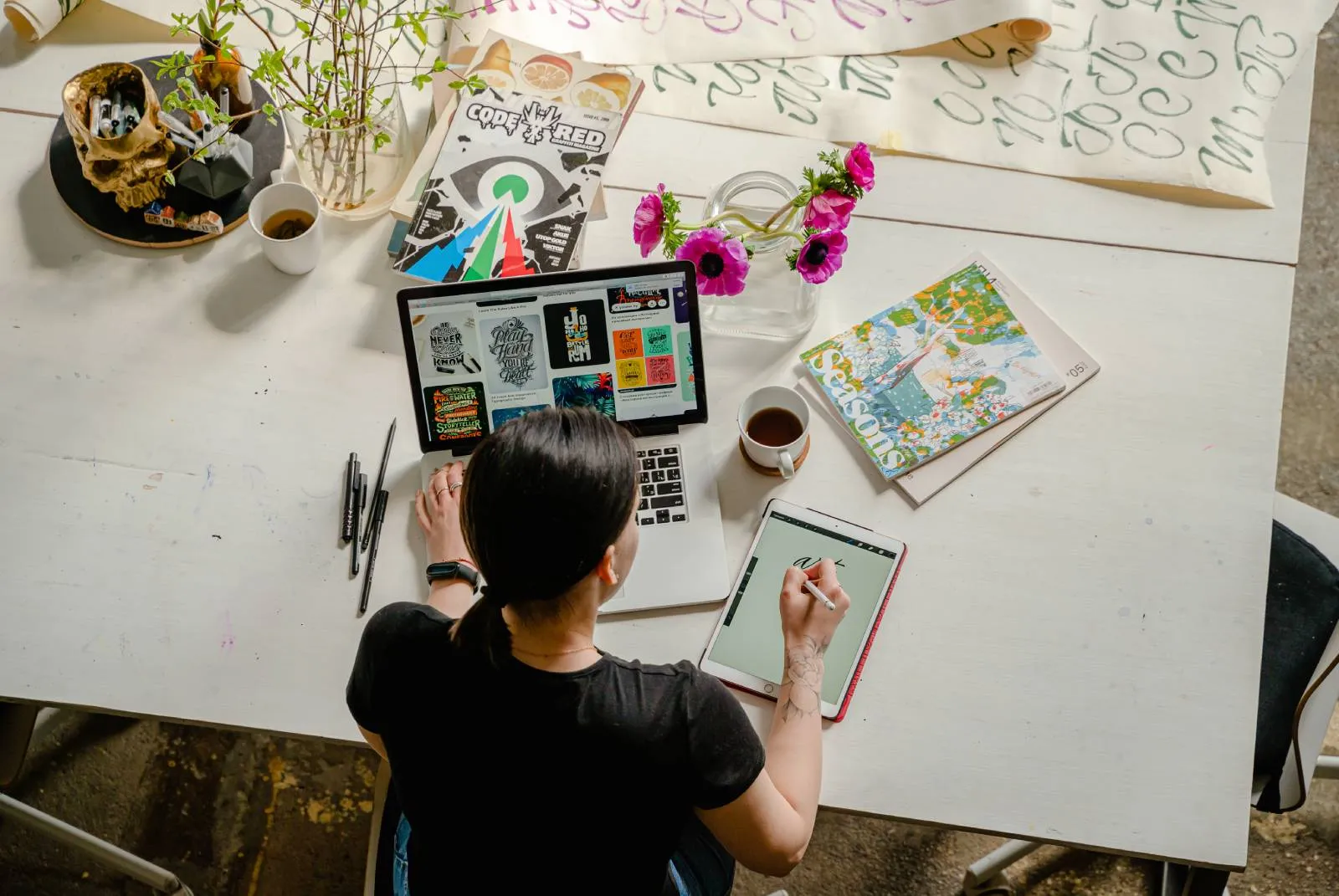
Exploring Digital Art Tools and Features
One of the advantages of digital art is the array of tools and features available to artists. Understanding how to use these tools effectively can greatly enhance your creative output and streamline your workflow. This group focuses on mastering the technical side of digital art.
- Experiment with different brushes
- Digital art programs offer a variety of brushes for different textures and effects. Try using brushes for sketching, inking, and painting to discover what suits your style.
- Create custom brushes
- Designing your own brushes tailored to your preferences can save time and make your art unique.
- Master the use of layers
- Layers are a powerful feature in digital art. Use them to separate elements of your artwork for easier editing and creative flexibility.
- Work with clipping masks
- Clipping masks allow you to apply colors, textures, or details to specific areas without affecting the rest of your artwork.
- Use symmetry tools for precision
- Many digital art programs have symmetry features that make creating balanced designs, patterns, and mandalas easy.
- Learn about gradients and textures
- Gradients can add depth and dimension, while textures bring a tactile feel to your artwork.
- Try photo manipulation
- Combine photo elements with your illustrations to create unique mixed-media artwork.
- Use adjustment layers
- Adjustment layers let you fine-tune colors, contrast, and other visual aspects without permanently altering your work.
- Practice speed painting
- Set time limits to complete a piece, focusing on capturing the essence of your subject quickly and effectively.
- Explore 3D integration
- Many programs allow you to incorporate 3D elements into your 2D artwork, expanding your creative possibilities.
Exploring and mastering these tools will enhance your efficiency and allow you to experiment with unique styles and effects in digital art.
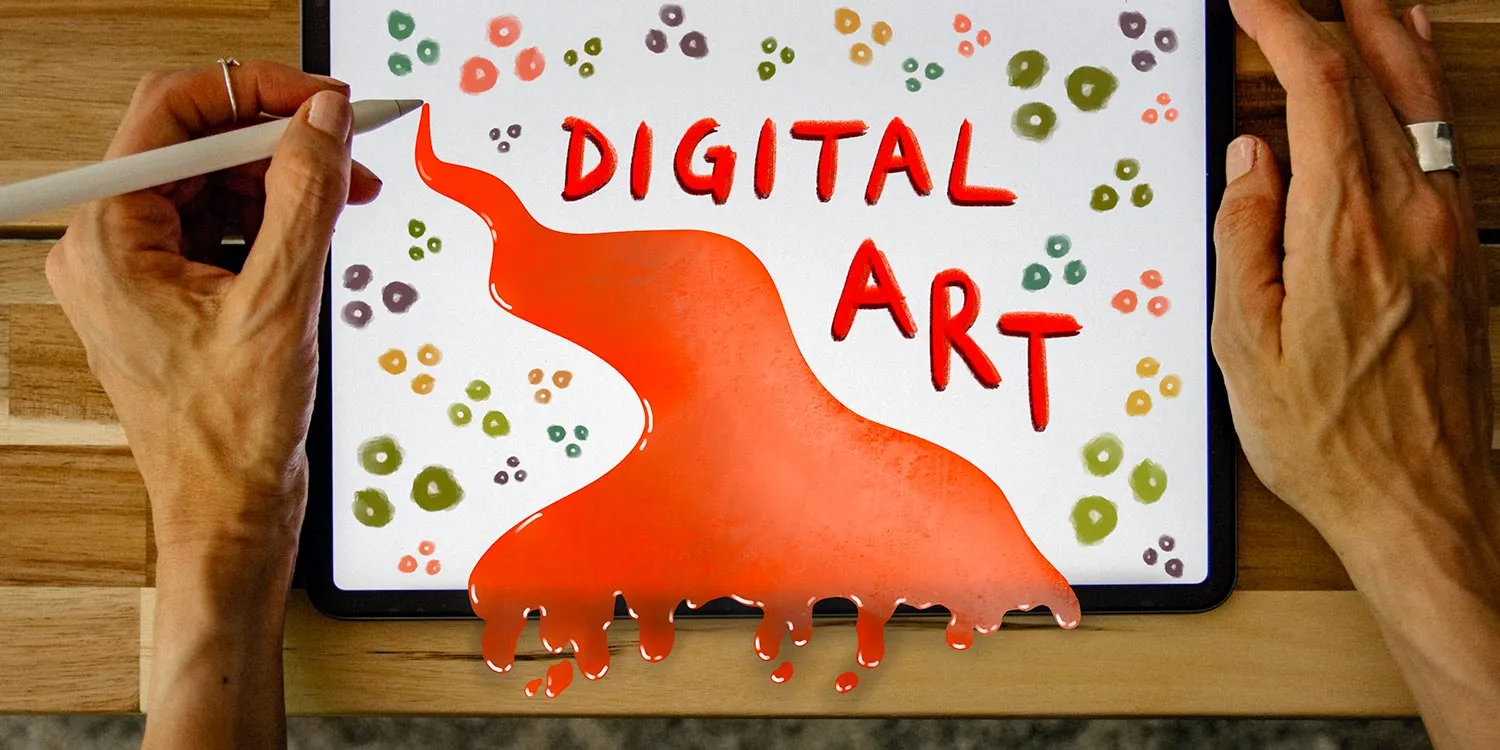
Enhancing Your Coloring Skills
Colour is one of the most impactful elements in digital art. It conveys mood, creates depth, and brings your artwork to life. Learning to use color effectively can transform your creations from basic to breathtaking. Whether you’re working on a vibrant landscape or a subtle portrait, mastering coloring techniques is essential for developing a polished, professional look.
- Experiment with limited color palettes
- Challenge yourself to create artwork using a minimal number of colors. This will improve your ability to work with harmony and contrast.
- Learn the basics of color blending
- Practice transitioning between colors smoothly to create gradients, soft shadows, and seamless highlights.
- Use complementary colors for contrast
- Colors opposite each other on the color wheel can make your artwork more visually striking.
- Master shading with color
- Avoid relying on black for shadows. Instead, use complementary or darker tones of your base color to add depth.
- Explore warm and cool tones
- Experiment with the emotional impact of warm tones like red and yellow, and cool tones like blue and green.
- Study color psychology
- Understand how different colors evoke emotions and use this knowledge to enhance storytelling in your artwork.
- Practice applying textures with color
- Combine textures and colors to create more realistic effects, such as wood grain or fabric patterns.
- Learn to use gradients effectively
- Gradients can add a smooth, dimensional look to your art when used sparingly and thoughtfully.
- Create custom color swatches
- Build a library of color palettes tailored to your projects for easy access and consistency.
- Explore the effects of lighting on color
- Study how different light sources, such as warm sunset light or cool artificial light, affect color in a scene.
By enhancing your understanding of color and how it interacts with light and texture, you’ll be able to create more visually dynamic and emotionally resonant artwork.
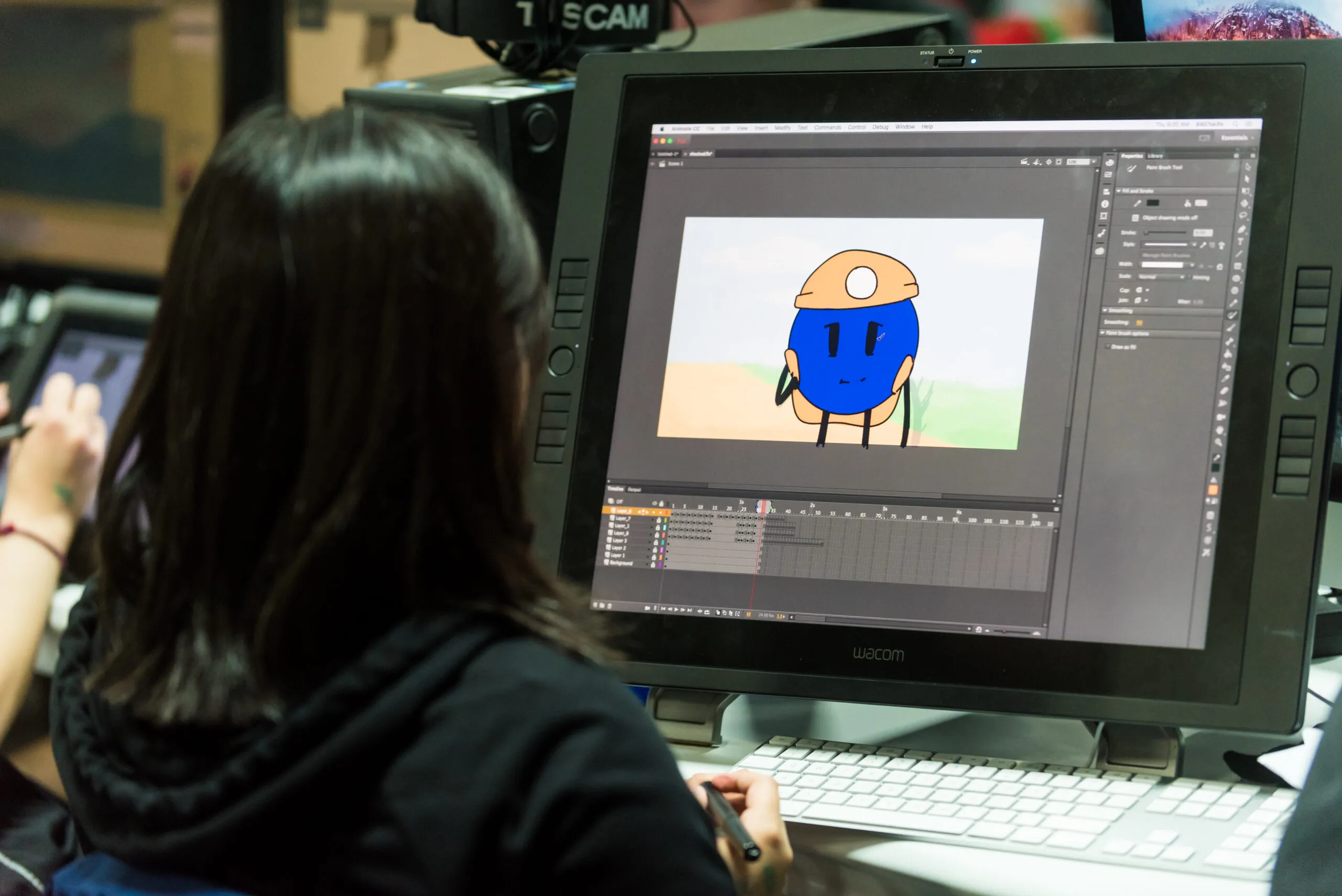
Developing Lighting and Shading Techniques
Lighting and shading are crucial for adding depth, realism, and focus to your digital art. They define the mood of your scene and direct the viewer’s attention to key elements. Mastering these techniques involves understanding how light interacts with surfaces and how shadows shape the perception of objects.
- Study light direction and intensity
- Observe how light sources affect objects in real life, and practice replicating these effects in your art.
- Practice shading with hatching techniques
- Use digital hatching and cross-hatching to add texture and dimension to your illustrations.
- Experiment with soft and hard shadows
- Soft shadows create a subtle, ambient feel, while hard shadows add drama and focus.
- Learn to create rim lighting
- Highlight the edges of objects to make them stand out against darker backgrounds.
- Use ambient occlusion for realism
- Add subtle shadows where surfaces meet or overlap to enhance the sense of depth.
- Experiment with light sources
- Try different lighting setups, such as backlighting, side lighting, or spotlight effects, to create dramatic scenes.
- Practice creating reflections
- Study how light reflects off shiny surfaces like glass, metal, or water to add realism to your work.
- Learn about bounce light
- Observe how light bounces off surfaces and affects nearby objects, creating a more cohesive scene.
- Create the mood with coloured lighting
- Experiment with coloured light sources to set the tone, such as warm yellows for cosiness or blues for mystery.
- Focus on light diffusion
- Use soft, diffused lighting to create a natural and balanced look in your artwork.
Mastering lighting and shading will elevate your digital art, making it more immersive and visually compelling.
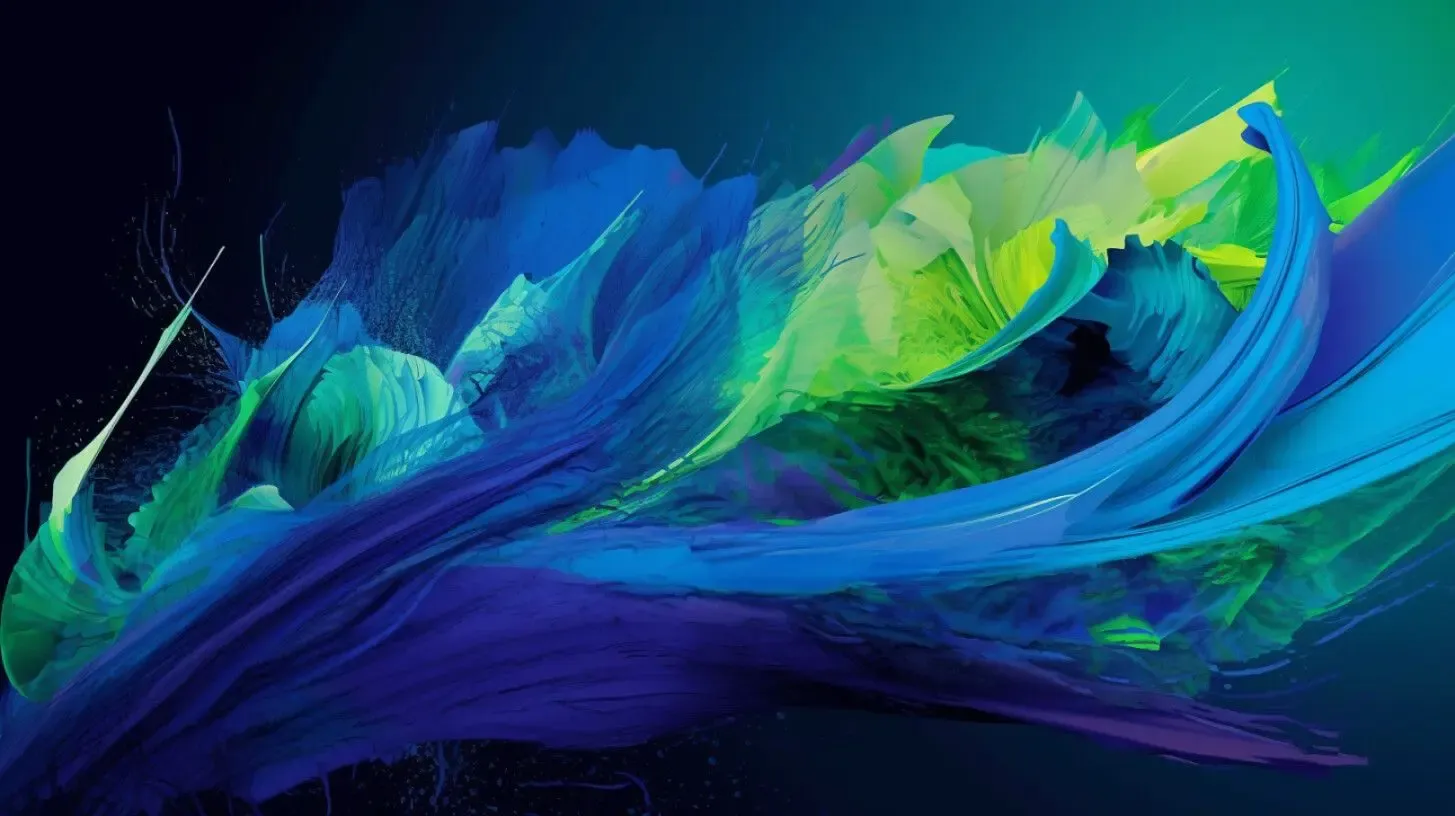
Expanding Creativity Through Advanced Techniques
As you gain confidence in your digital art skills, incorporating advanced techniques can help you push boundaries and develop a unique style. These methods include experimenting with complex effects, integrating new tools, and exploring non-traditional approaches to digital art creation.
- Experiment with 3D modeling tools
- Use software like Blender or ZBrush to create 3D assets that complement your 2D artwork.
- Learn to use photo bashing
- Combine photographic elements with digital painting to create detailed and realistic scenes.
- Incorporate mixed media techniques
- Blend traditional art, photography, and digital elements to develop unique and textured pieces.
- Practice creating atmospheric perspective
- Use fading colors and reduced contrast to create depth and distance in landscapes.
- Use motion blur for dynamic effects
- Add motion blur to emphasize movement in action scenes.
- Work on texture mapping
- Apply detailed textures to 3D models or 2D surfaces to enhance realism.
- Experiment with particle effects
- Use particles to simulate natural phenomena like rain, smoke, or sparks.
- Explore custom lighting setups in 3D software
- Adjust 3D lighting environments to create realistic shadows and highlights for your characters or objects.
- Combine illustration with typography
- Integrate text creatively into your artwork for posters, book covers, or social media graphics.
- Develop abstract digital art
- Step away from realism and experiment with shapes, patterns, and colours to create abstract compositions.
These advanced techniques encourage experimentation and innovation, helping you develop a distinctive style that stands out in the digital art world.
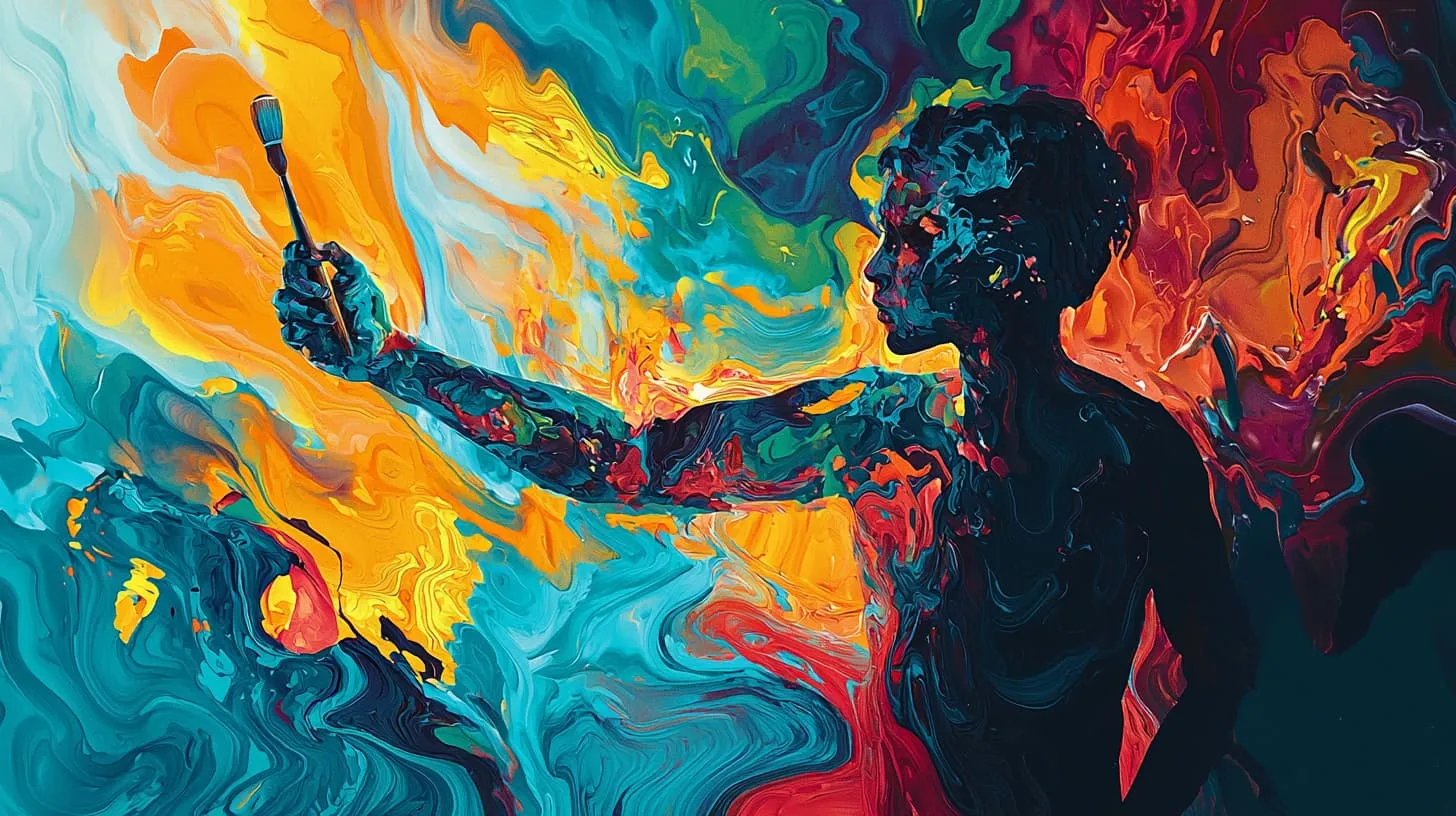
Mastering Storytelling and Composition
A great piece of digital art is more than just visually stunning—it tells a story. Mastering storytelling and composition allows you to guide the viewer’s eye, evoke emotions, and create meaningful connections through your art. By focusing on narrative elements and layout principles, you can add depth and impact to your work.
- Create a strong focal point
- Ensure that your composition draws the viewer’s eye to the most important part of your artwork.
- Use leading lines in your art
- Incorporate lines that guide the viewer’s gaze toward key areas of the composition, such as roads or beams of light.
- Plan your artwork with thumbnails
- Sketch small, rough versions of your idea to test different compositions and perspectives before committing to the final piece.
- Focus on visual storytelling
- Use elements like gestures, facial expressions, and environments to tell a story or convey emotions in your artwork.
- Experiment with asymmetrical compositions
- Break away from perfectly balanced layouts to create more dynamic and intriguing visuals.
- Use overlapping elements to create depth
- Place objects in front of and behind one another to give a sense of layering and three-dimensionality.
- Frame subjects creatively
- Use natural frames like arches, windows, or foliage to highlight your focal point and create a sense of space.
- Work with negative space
- Allow areas of your composition to remain empty to create balance and emphasize your subject.
- Incorporate symbolism into your artwork
- Add objects or colors with symbolic meaning to deepen the narrative and create layers of interpretation.
- Experiment with unconventional perspectives
- Try bird’s-eye or worm’s-eye views to create dynamic angles and unique compositions.
Storytelling and composition are at the heart of impactful art. By mastering these techniques, you’ll elevate your digital pieces, making them not only beautiful but also thought-provoking.

Exploring Different Art Styles
Developing a distinctive art style is a journey of discovery and experimentation. Exploring various styles not only helps you find your unique voice but also expands your creative abilities. By studying different approaches and blending techniques, you can create a signature style that sets your work apart.
- Experiment with realism
- Focus on replicating real-life subjects with accurate proportions, textures, and lighting.
- Try minimalistic art
- Create pieces using simple shapes, limited colors, and clean designs to emphasize clarity and elegance.
- Explore abstract styles
- Break away from realism and focus on colors, forms, and patterns to evoke emotion and imagination.
- Study anime and manga techniques
- Dive into the unique styles of Japanese art, focusing on expressive characters and dynamic action scenes.
- Practice pixel art
- Create retro-style designs with pixel-based graphics, often used in game art and icons.
- Learn concept art techniques
- Focus on creating detailed designs for characters, environments, and props for movies or video games.
- Blend traditional and digital styles
- Incorporate the texture and feel of traditional media like watercolor or pencil into your digital work.
- Experiment with cartoon-style art
- Create playful and exaggerated characters and scenes to develop a whimsical aesthetic.
- Work on illustrative typography
- Combine lettering with artistic elements to design logos, posters, or book covers.
- Study impressionism and loose styles
- Emphasize color, light, and brushstrokes to capture the essence of a scene rather than precise details.
Exploring different styles is a fun and rewarding process that enhances your versatility as an artist. It allows you to push boundaries and discover what resonates most with your creative voice.
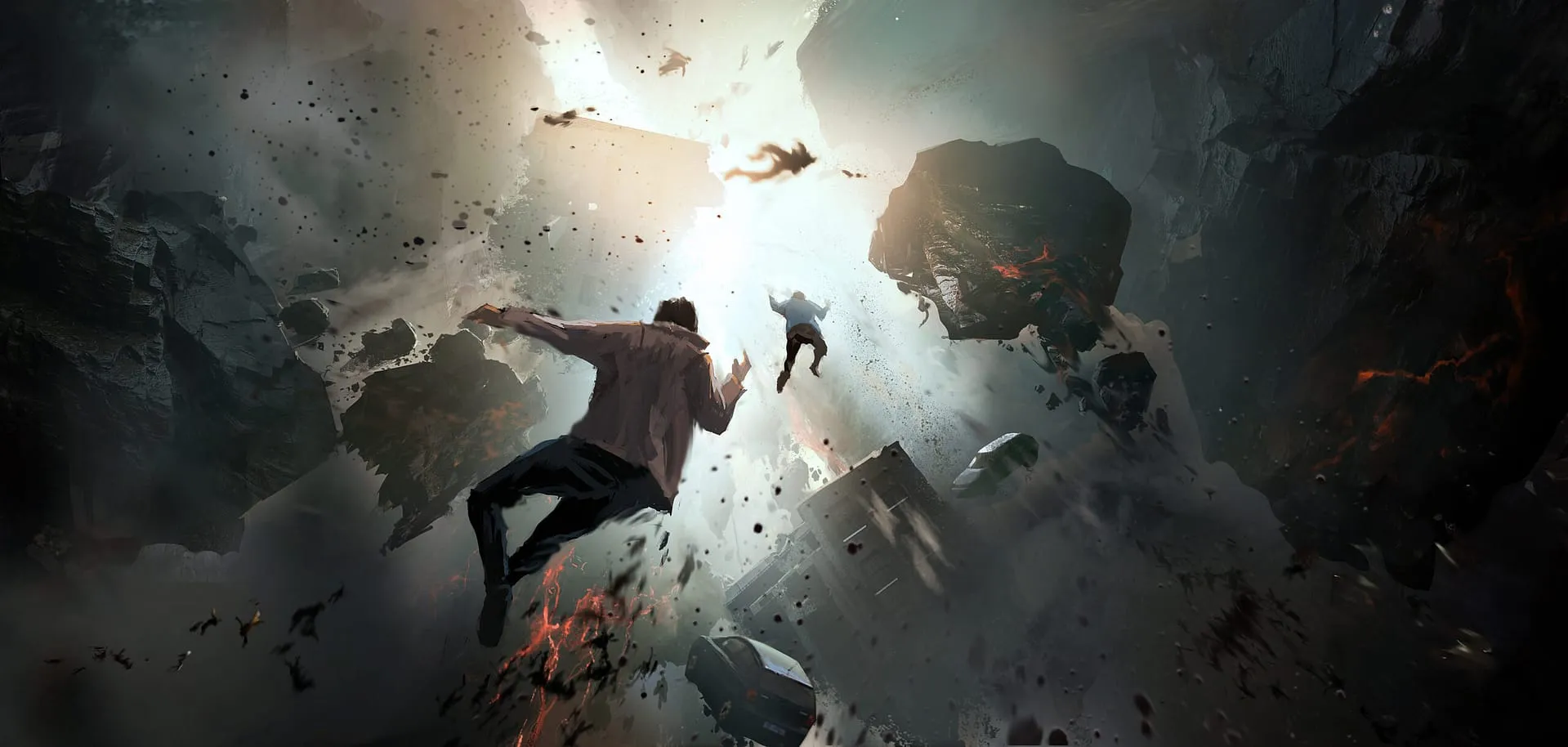
Building a Strong Portfolio
A well-crafted portfolio is essential for showcasing your skills and attracting opportunities. Whether you’re applying for jobs, freelance gigs, or commissions, a polished portfolio highlights your best work and communicates your artistic identity. Building a strong portfolio involves careful selection, presentation, and continuous updates.
- Curate your best work
- Include only your strongest pieces that reflect your style and abilities. Avoid overcrowding with outdated or inconsistent work.
- Show diversity in your skills
- Feature a mix of subjects, techniques, and styles to demonstrate your versatility and adaptability.
- Focus on storytelling pieces
- Include artworks that convey a narrative or emotion, as these often leave a lasting impression.
- Create process breakdowns
- Show the evolution of your work with sketches, rough drafts, and final pieces to highlight your workflow.
- Tailor your portfolio to your audience
- Adjust the selection of work depending on whether you’re applying for a job in gaming, advertising, or fine art.
- Organize your portfolio effectively
- Use clear categories or themes to make it easy for viewers to navigate your work.
- Invest in a professional presentation
- Use high-resolution images and clean layouts, and avoid clutter or distracting backgrounds.
- Build an online portfolio
- Platforms like ArtStation, Behance, or your own website are ideal for showcasing your work to a global audience.
- Update your portfolio regularly
- Remove older pieces and add new work to reflect your growth and current skill level.
- Include personal projects
- Highlight pieces that show your passion and creativity outside of commissioned or client work.
A well-structured portfolio is your gateway to opportunities in the digital art world, ensuring that your talent and potential shine through.
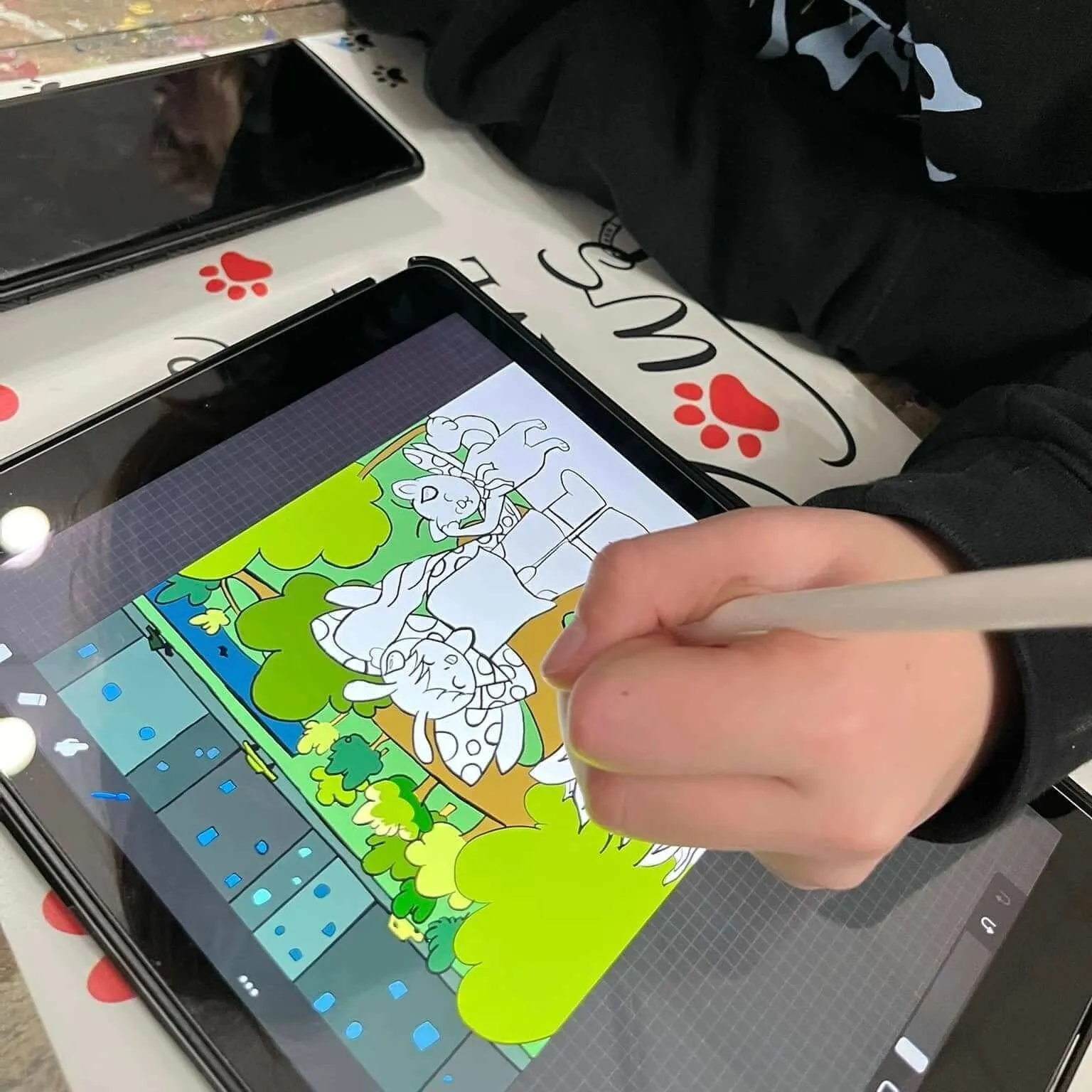
Collaborating and Engaging with the Art Community
Collaboration and community engagement are essential aspects of growing as a digital artist. By connecting with other artists, participating in challenges, and seeking constructive feedback, you can expand your skills and gain new perspectives. The digital art community is vast and supportive, offering endless opportunities for learning and networking.
- Join online art communities
- Platforms like DeviantArt, ArtStation, and Behance allow you to share your work, connect with other artists, and gain exposure.
- Participate in art challenges
- Engage in challenges like Inktober, Art Fight, or 36 Days of Type to push your creative boundaries and stay consistent.
- Collaborate with other artists
- Work on joint projects or share ideas with peers to learn new techniques and broaden your perspective.
- Engage in constructive critiques
- Seek feedback from experienced artists to identify areas for improvement and refine your skills.
- Follow and learn from mentors
- Study the work of established artists in your field and incorporate their techniques into your practice.
- Attend virtual or in-person art workshops
- Workshops provide hands-on learning opportunities and direct interaction with professionals in the industry.
- Host or join live drawing sessions
- Real-time collaboration can inspire creativity and provide immediate feedback from fellow artists.
- Share your knowledge with others
- Teach techniques or share tips with beginners, which can reinforce your understanding and strengthen your community presence.
- Network with professionals in your niche
- Build relationships with artists, art directors, and potential clients to open doors for commissions or job opportunities.
- Participate in art exhibitions or online galleries
- Display your work in local art shows or virtual galleries to gain recognition and feedback.
Engaging with the art community helps you grow, find inspiration, and stay motivated while building valuable relationships within the industry.
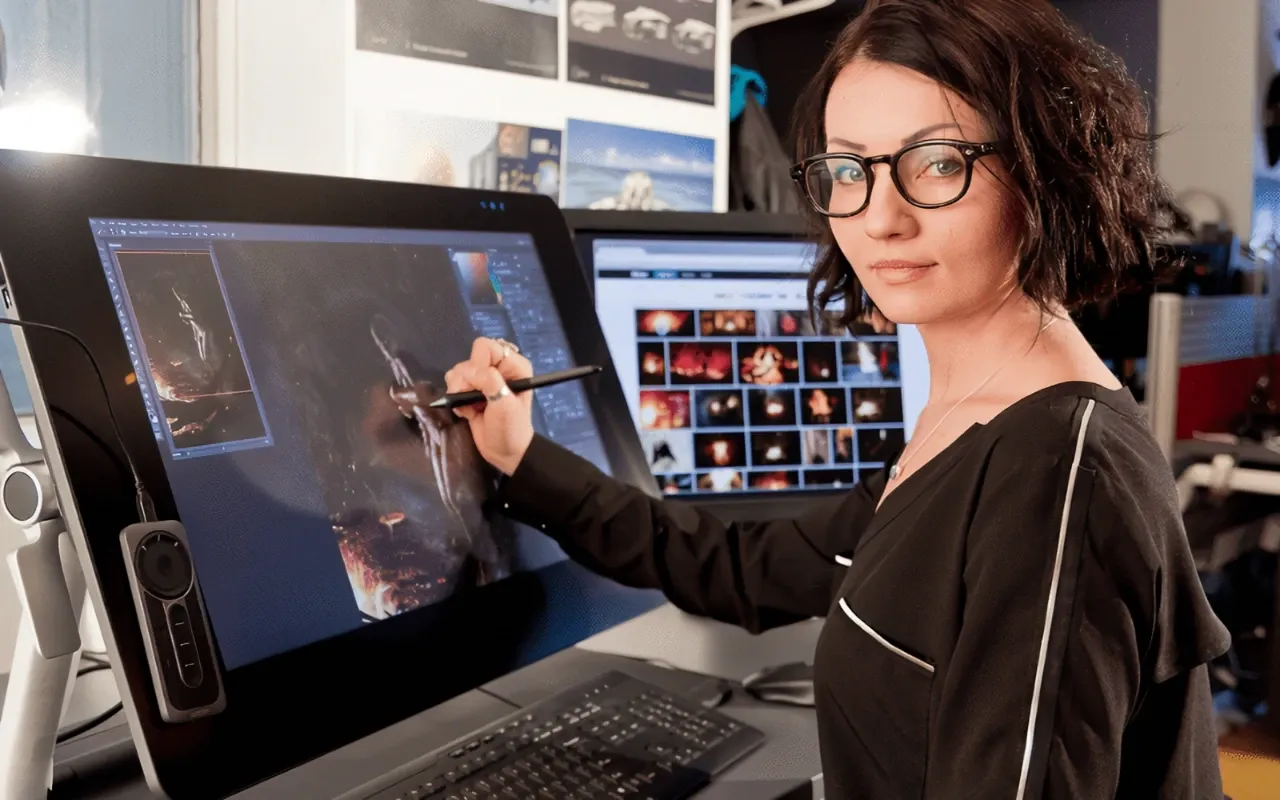
Ongoing Education and Continuous Learning
The digital art world is constantly evolving, with new tools, techniques, and trends emerging all the time. To stay competitive and keep your skills sharp, it’s important to commit to lifelong learning. This group focuses on ways to keep growing as an artist through education and exploration.
- Enroll in online art courses
- Platforms like Skillshare, Udemy, and Domestika offer affordable courses on digital art, concept design, and illustration.
- Watch tutorials on YouTube
- Channels like Aaron Blaise, Proko, and Art with Flo provide free, high-quality tutorials on various aspects of digital art.
- Read books on digital art and design
- Expand your theoretical knowledge with books like Color and Light by James Gurney or Framed Ink by Marcos Mateu-Mestre.
- Experiment with new art software
- Try alternative programs like Clip Studio Paint, Krita, or Corel Painter to discover new tools and workflows.
- Stay updated on industry trends
- Follow blogs, podcasts, and social media channels to learn about emerging styles, tools, and practices in digital art.
- Attend art conventions and events
- Events like LightBox Expo or CTN Animation eXpo provide networking opportunities and access to workshops led by industry professionals.
- Study traditional art principles
- Explore the foundations of art, such as figure drawing, oil painting, or sculpture, to deepen your understanding of form and technique.
- Learn about design theory
- Study concepts like balance, rhythm, and hierarchy to enhance your compositions and storytelling.
- Keep a digital art journal
- Document your progress, track challenges, and set goals to measure your growth and stay motivated.
- Experiment with emerging technologies
- Explore the creative potential of AI tools, VR painting apps, or generative art to stay ahead of the curve.
By committing to ongoing education, you ensure that your skills evolve alongside the rapidly changing digital art industry, keeping your work fresh and innovative.
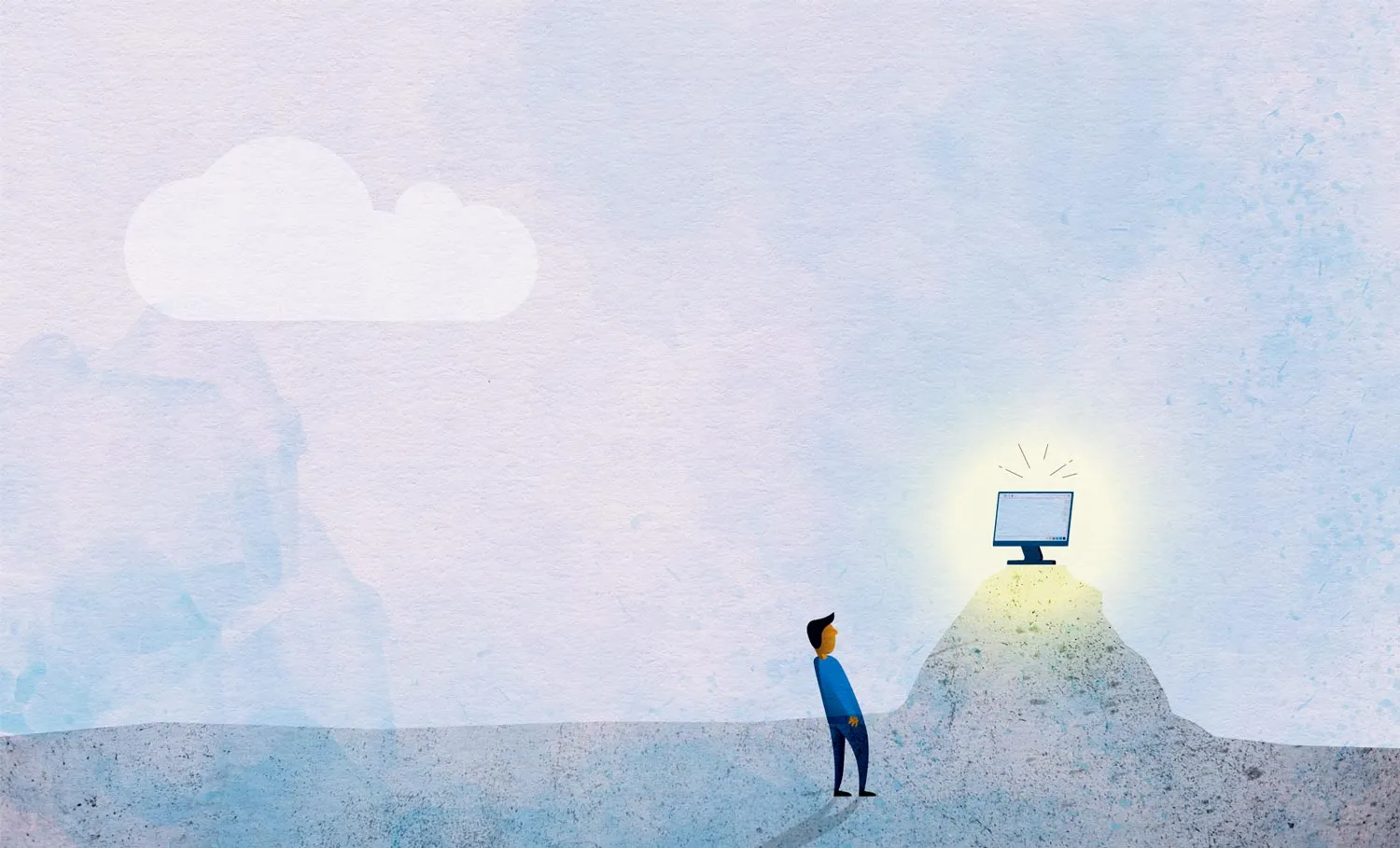
Enhancing your digital art skills is a continuous journey filled with challenges, discoveries, and growth. This guide of 100+ ways to enhance your digital art skills covers everything from mastering the basics to embracing advanced techniques, building a portfolio, and staying connected with the art community.
Remember, improvement comes with consistent practice, curiosity, and a willingness to explore new ideas. Whether you’re creating for passion, profession, or both, the digital art world is vast and full of opportunities. Embrace each step of your artistic journey, and let your creativity shine.

